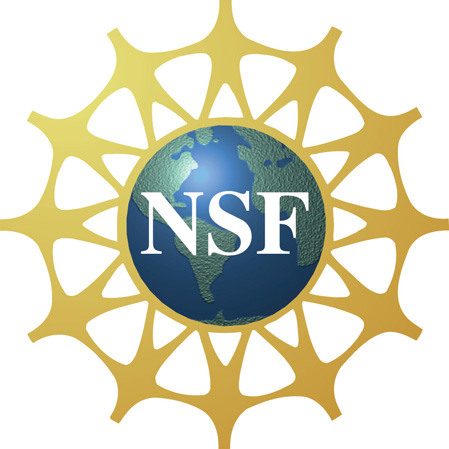About Arctic Great Rivers Observatory
The Arctic contains several of Earth’s largest rivers, which together transport huge quantities of water and waterborne constituents into the Arctic Ocean and surrounding seas. The Arctic is also changing dramatically due to climate change and other disturbances. Changes in Arctic river discharge and chemistry provide insights into changes occurring on land and also impact the chemistry, biology, and circulation of the receiving coastal and ocean waters.
Our earlier efforts, beginning in the mid-1990's, to synthesize historical information about river discharge and chemical fluxes from northern rivers to the Arctic Ocean were a mixed success. Great progress was made in compiling and analyzing long-term discharge records at the pan-arctic scale. Results were particularly striking for large Russian rivers, where discharge records dating all the way back to the 1930s allowed detection of long-term discharge increases linked to global climate change (on Publications page, see Peterson et al. 2002, McClelland et al. 2004, McClelland et al. 2006). On the other hand, our early efforts to synthesize historical biogeochemical records were hampered by sparse data availability as well as data reliability issues (on Publications page, see Holmes et al. 2000, Holmes et al. 2001, Holmes et al. 2002).
Thus, in 2002 we initiated the PARTNERS Project (Pan-Arctic River Transport of Nutrients, Organic Matter, and Suspended Sediments) – a coordinated, international effort to collect and analyze a time-series of water samples from the six largest arctic rivers using identical sampling and analytical protocols. In 2008, the PARTNERS Project was revised and extended as the Arctic Great Rivers Observatory (ArcticGRO). Now a component of NSF's Arctic Observing Network (AON), ArcticGRO continues to provide the international research community with essential data about the biogeochemistry and discharge of the largest Arctic rivers.

 info@arcticgreatrivers.org
info@arcticgreatrivers.org







